You just don’t sit there and write 30,000 words without learning something.
— John McPhee ’53
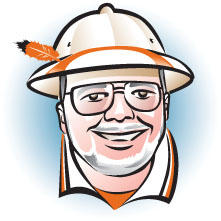
In postindustrial America we don’t really think about it, but siting a college in 18th-century New Jersey was a fairly complicated proposition. Transportation then being less than rudimentary, access to some sort of highway or shipping lane was a good concept (if indeed you didn’t want to be in the city, which the College didn’t). You wanted, according to the medical wisdom of the day, to be up high where the healthy breezes could keep everybody from catching whatever grunge was hanging around in the fens, and there were plenty: In the Revolutionary War, about 13,000 soldiers died of wounds, but 96,000 of disease, including the dreaded smallpox. But you wanted to be very near clear, clean running water (a challenge if you’re on a breezy hilltop), and of course you needed lots of firewood to keep the faculty’s butts from freezing in the winter (student anatomies were more negotiable).
So in 1753, when John Stockton p’1748 and trustee Thomas Leonard came up with 200 acres of woodland north of town and Nathaniel FitzRandolph donated the core of the campus (a term not yet invented by John Witherspoon, who was still in Scotland) on the highway from Newark to Trenton, on the top of the hill above Stony Brook – and the three of them coughed up a £1000 bribe gratuity – the College belonged to the hamlet of Princeton, ensuring the destruction of Winberie’s front window by the Nude Olympics a quarter-millennium hence.
That hundred-plus-foot vertical drop from the highway to the brook (Nassau Street to the boathouse today) now has generated one of the larger construction holes you’ve ever seen on campus, making the recent excavation for the new stadium or the new Frick chem lab look tame.
In earlier times, the various Firestone Library digs were large and deep (1948, 1971, 1988), and the math/physics and gymnasium projects from the Jadwin bequest in the ’60s were also cut into the hillside around Palmer Stadium because of the terrain, and the original E-Quad project in 1960 had a huge footprint on University Field. But the hole in the hill from McCarter all the way down to the temporary Dinky station covers more than three acres between Forbes College and New South, and the drop is more than 30 feet: It is flat-out ginormous, over two-thirds the area of the entire original FitzRandolph campus.
Princeton is taking the arts really seriously these days.
It was a long time coming. I once kidded about the dour nature of Scots Presbyterian worship as the root cause of the delay in the frivolities of arts study – Yale’s School of Fine Arts opened in 1869, Princeton’s Program in Creative Arts in 1939 – but that latter date follows by only seven years the retirement of the University’s last ordained president, John Grier Hibben 1882 *1893. Just saying.
When the young (44 years old), dynamic Harold Willis Dodds *1914 became president in 1933, the legendary dean of the college Christian Gauss was ready and waiting. Originally one of Wilson’s 50 Preceptor Guys in 1905, Gauss was the bedrock of modern language and humanities scholarship at Princeton, and the first of the famed Dante lecturers. As dean, he worked closely with Dodds on the creation of the School of Public and International Affairs, and the stage was then set once Dodds was president for Gauss’ new initiative in 1939: the Program in Creative Arts, funded in part by the Carnegie Corporation (see: Andy really did do more than the lake ...), with Gauss himself – probably the best known dean in the country – as chair. Focused on the teaching of craft in music, painting, sculpture, and writing, it started off with heavyweight artistic talent on the teaching staff: athlete/sculptor Joe Brown, composer Roger Sessions, poet Allen Tate. Growing after the war, it came under the aegis of the new Council of the Humanities in 1953, and brought in great teachers like director/actor Dan Seltzer ’54 in theater arts and authors John McPhee ’53 in journalism and Joyce Carol Oates and Toni Morrison in creative writing. In 1966 the program was centralized at 185 Nassau St., which became the creative outpost at the University for the next 40 years; with its own pocket theater named for the beloved Jimmy Stewart ’32, sculpture and dance studios (although plain and cramped), and gallery space, the rehabilitated grammar school (townie McPhee went to kindergarten there) puffed along as the locus of artists at Princeton.
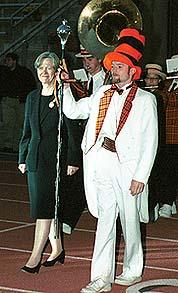
Then the trustees named a scientist, who had been integral in creating the molecular biology department and then the genomics institute, as president in 2001. Few observers at the time considered that she was also the parent of a Princeton art and architecture major. So it’s fair to say there was some confusion when Shirley Tilghman p’03 declared early on: “I would like to think we could begin to attract students with green hair. We will take pink and blue and orange hair, too.”
Meanwhile, a new theater had opened along with Frist Campus Center in 2000; it instantly was booked solid by student groups (the same subsequently happened with available slots at the new Berlind Theater at McCarter in 2002 and the Class of 1970 Theater at Whitman College in 2007). From Broadway to Hollywood, you could smell the Big Committee coming. Sure enough, in 2005 a high-profile group led by architecture dean Stan Allen *88 issued a sweeping analysis of creative and performing arts for undergraduates at Princeton, espousing 1) creative opportunities for all (it centered around program certificates, not A.B. degrees) and 2) expert opportunities for those who wish. This was in sync with President Tilghman’s thoughts, and on Jan. 20, 2006, she presented her own analysis and recommendations to the trustees for approval: “To separate the doing of art from the criticism or study of art is increasingly akin to separating experimental and theoretical science.” [Ah-ha!] “Both activities are enriched by occurring in the presence of the other.” We had some good teaching, especially in music, creative writing, and journalism, but needed a lot more if all students were to have a chance at arts activities, and we crucially needed a center for the creative and performing arts as a focus of the initiative. It would include significant expansions in resources and faculty, including a group of arts fellows, comprising young creative talent. This required, among many other things, major new building space for all those activities, not to mention the overflow from the existing pent-up demand. Oh, and did I mention, trustee Peter Lewis ’55 was standing by with a check for $101 million?
Flash forward to a three-acre hole in the ground.
The Lewis Center hasn’t been waiting around for its permanent home, of course. (A good thing, too, given the interminable legal wastefulness of splinter groups in town who seemed to equate the 460-foot move of the Dinky station with a forced march to the gulag.) The year following the Lewis bequest, a consortium of departments and programs, including everybody from Slavic languages to the architecture school to the music department, the Glee Club, and the University Orchestra, under the leadership of the Program in Theater and Dance and music professor Simon Morrison *97 took on a huge project: a famed but never produced and subsequently lost Meyerhold version of Boris Godunov from the 1930s, performed for the first time in English and with its unheard score by Sergei Prokofiev. The revitalization and performance project included not only the staging, but courses for undergrads, grad students, and alumni as well as an exhibition at Firestone and an international symposium on Pushkin, Prokofiev, and Russian theater. Dozens of creative efforts and collaborations have followed, including (by similar forces) an equally challenging world premiere in translation of Krzhizhanovsky’s version of Eugene Onegin in 2012, “absolutely exhilarating” according to The New York Times.
Tracking the various and varied projects takes a bit of effort (never mind the center’s courses – there are 68 this semester alone – and the coordination of a hundred or so faculty members). A calendar is crucial but not fully adequate, hence the new Tumblr blog on the Arts at Princeton, including the flavor of many of the current projects around the campus: It’s lots of visual fun, as well it should be. It gives a hint of the increased arts profile at Princeton in a video of Rhodes scholar Adam Mastroianni ’14, a Triangle and Quipfire! performer and campus talkshow host (!) who wrote his thesis on the psychology of humor. As a flourish in the same vein, let me gratuitously throw in the intriguing fact that Professor Manjul Bhargava *01, winner of this year’s Fields Medal (regarded as the Nobel Prize of math), teaches a hugely popular freshman seminar on “The Mathematics of Magic Tricks and Games.” Shazam.
The arts-and-transit neighborhood, including the new home of the Lewis Center, will be completed three years (and a few tons of topsoil) from now, and only then will we see whether this sea change in the approach to the creative arts at Princeton is spot on, or requires some tinkering, or (as seems possible) may still not even be adequate to the latent demand that was obscured in random corners of the University for so many years. In any case, president emerita Tilghman, back now at her old hangout in the Icahn genomics lab, can stroll across Tilghman Walk to the new Dinky station, check out the new arts studios in New South, watch the Lewis Center take shape halfway downhill from FitzRandolph Gate to Stony Brook, and consider what she believes will be her epitaph: “She liked green hair.”



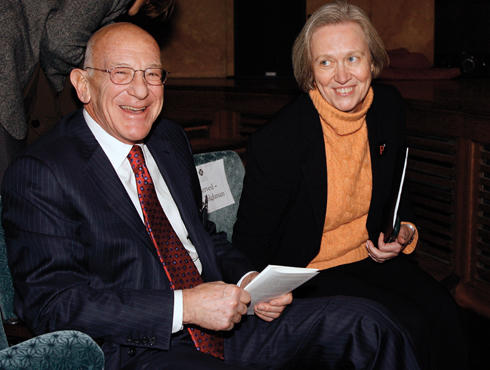
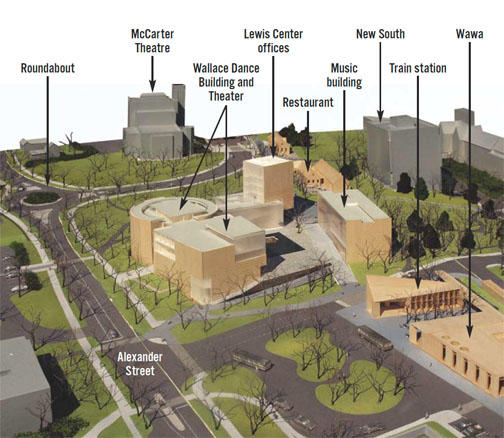





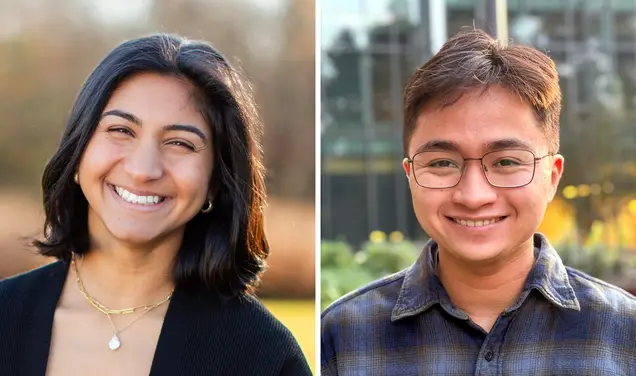
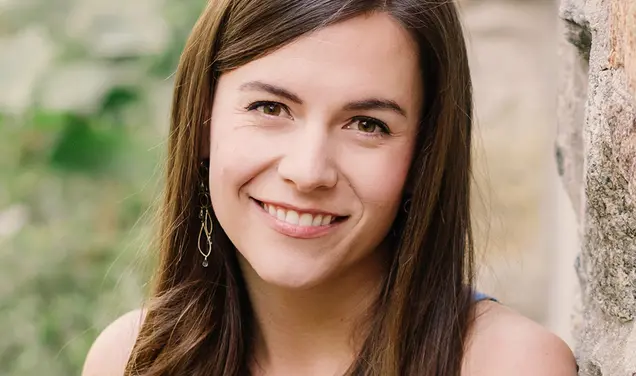


No responses yet